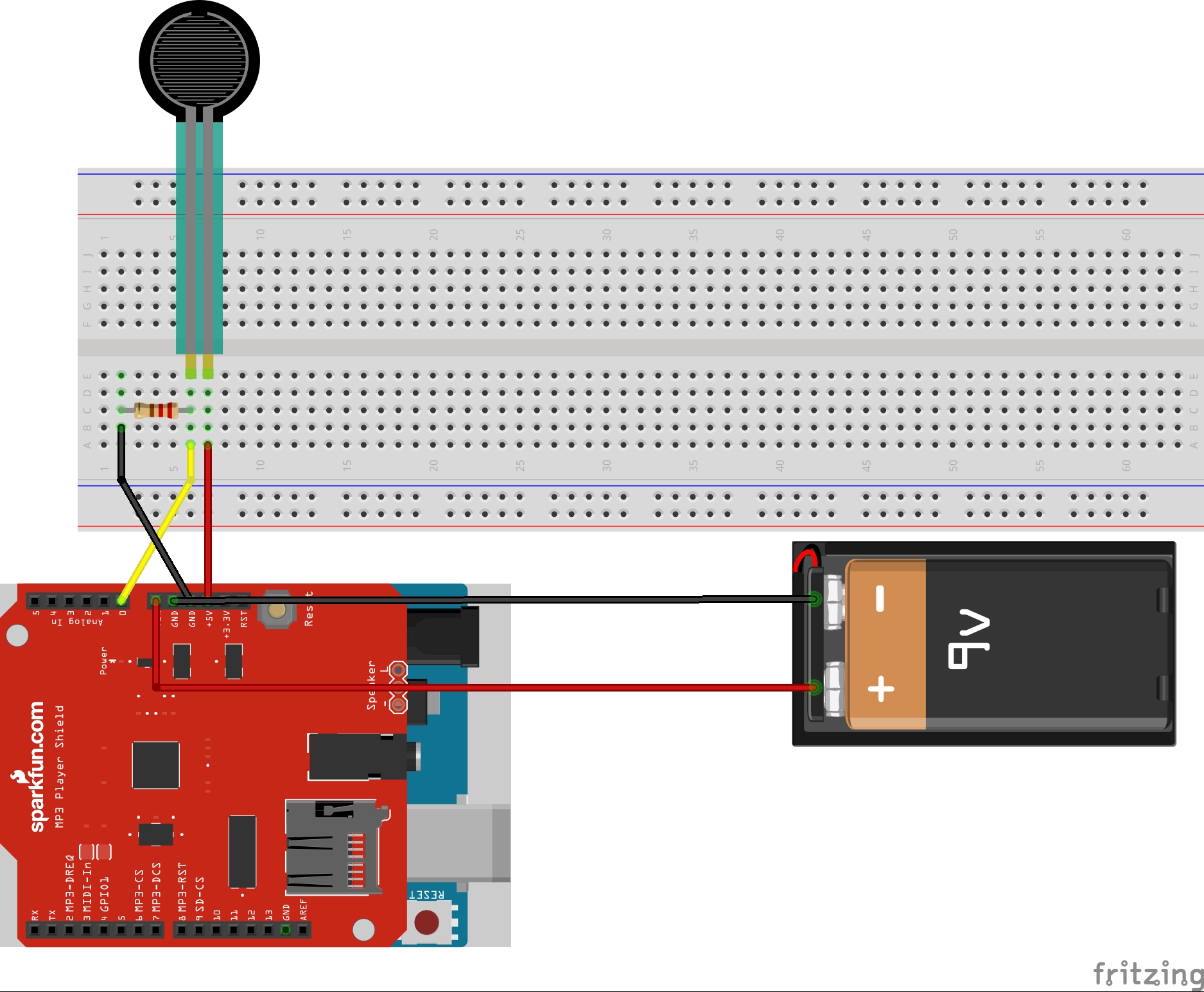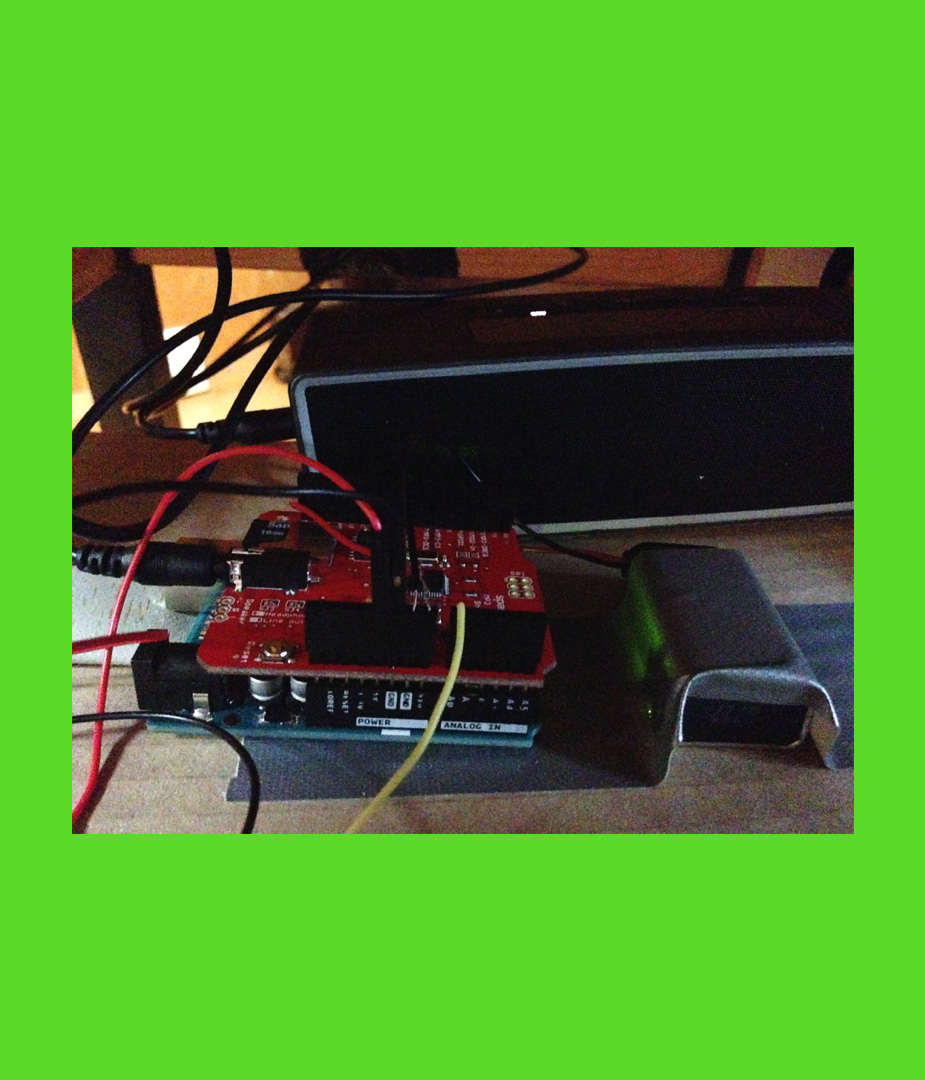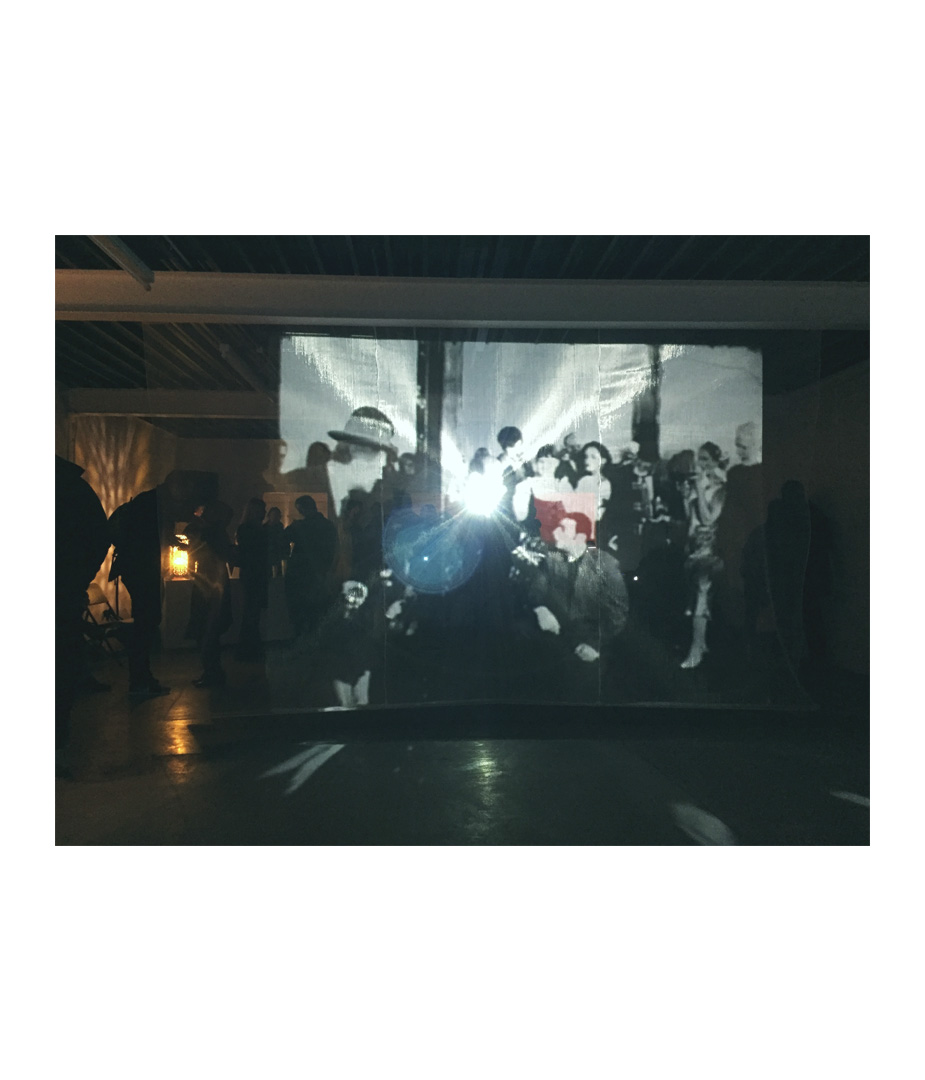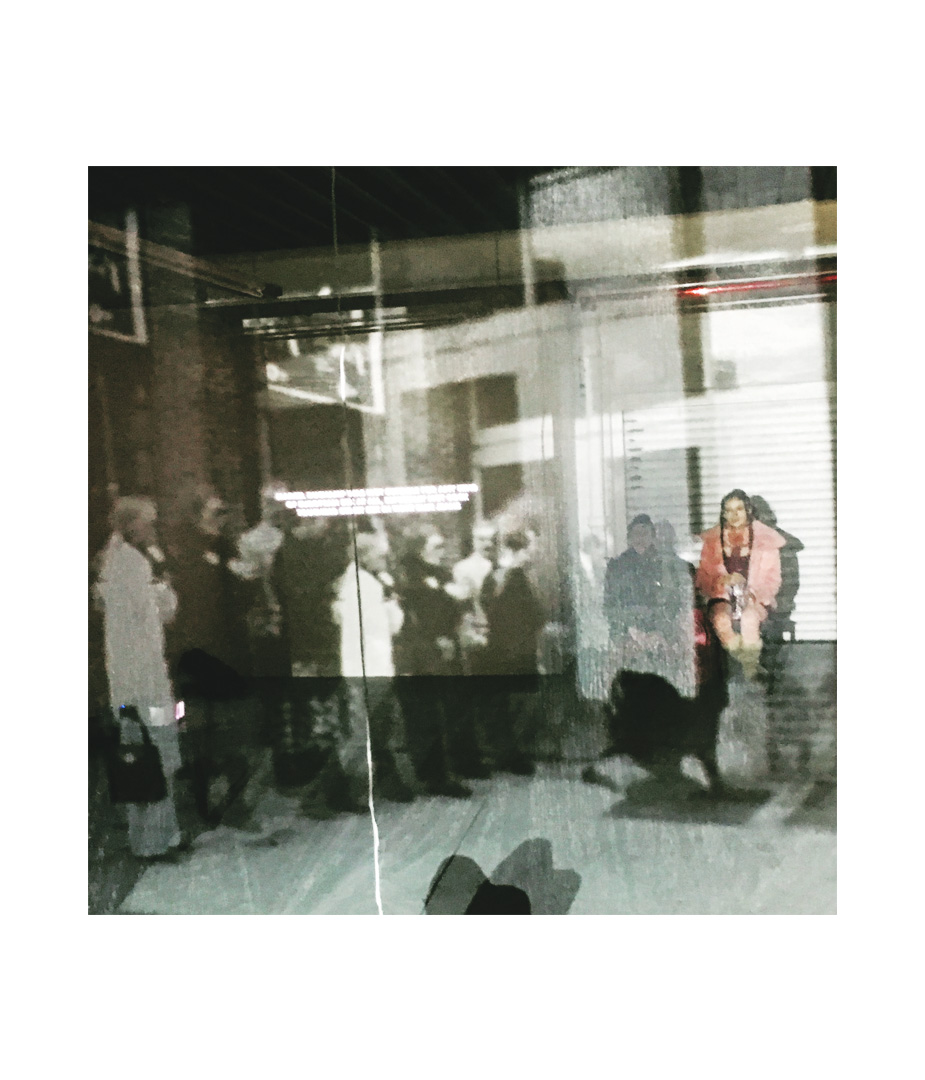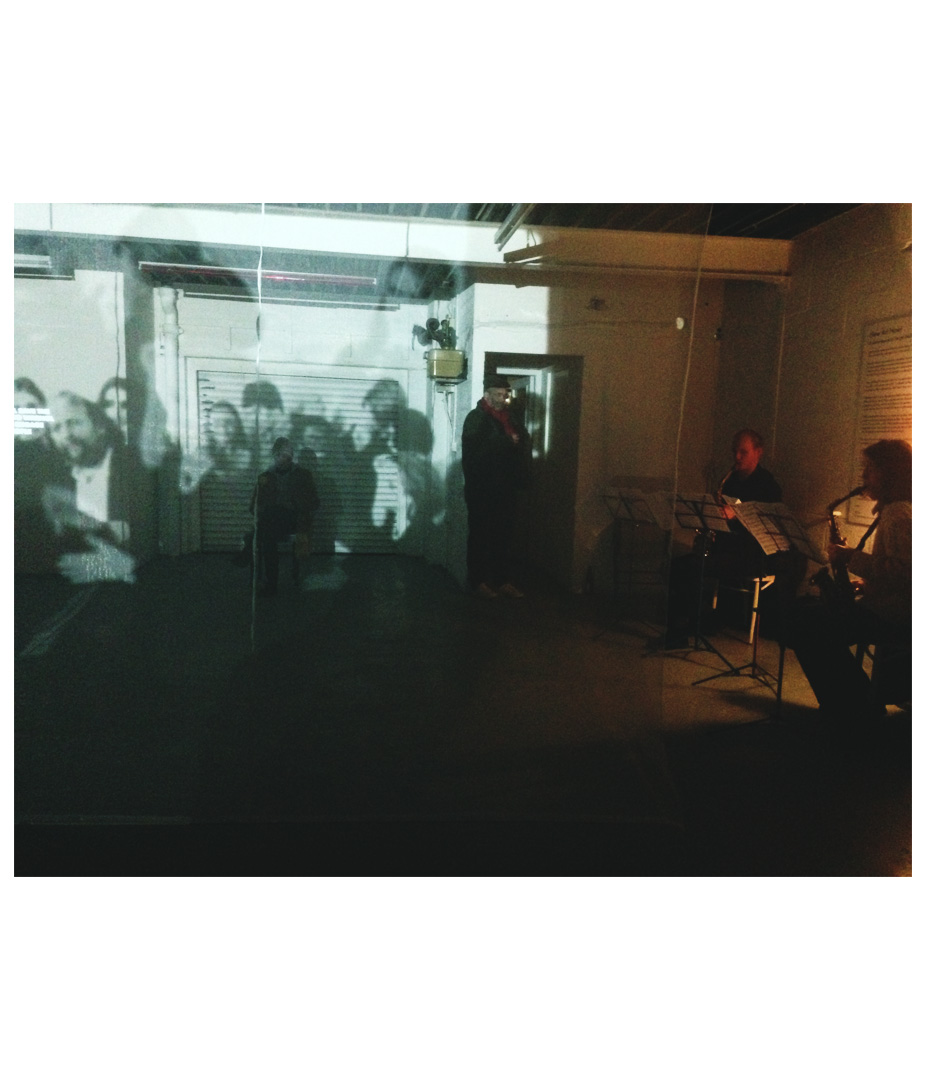The Instant Gratification Device
The IGD is a small electronic device that can be fitted under a chair, a stool or a little podium. As one steps or sits onto one of those receiving surfaces, applause sounds are triggered by the pressure applied onto it. The cheering sounds first come out of the speakers quietly, emerging from under the surface, then gradually gains volume- until you feel content and self-confident enough to get on with it!
Concept and Origin of the work
The IGD is a small electronic device allowing you to experience a strong self-esteem boost -wherever you are, whenever you want.
The IGD was first conceptualised for New Art Now, a one-night-only performative installation put together by artist, activist, writer and theatre director Sergei Büdh (b. 1956, Varanasi, India). The installation was assembled around a film work by Shwetal Patel, with a text for the score and film written by R-Montgomery-Mutt. I created the IGD and fitted it under a chair, while composer Narotam Horn wrote a piece for two saxophones which was performed live during the happening, on December 12th 2017 at Unit 9 Gallery in Shoreditch, London. All of the works were meant to explore Büdh's stance on the role of myth making and celebrity in contemporary political and artistic practice. In Budh’s words, New Art Now is “an observation on the proliferating ‘now-ism’ of the current art world. It suggests that ‘now’ is already a little outmoded as a synonym for the contemporary. That ‘now’ may now be old.”
The IGD therefore find roots within a similar thought process. I used this device to explore the current culture of instant gratification – a social space requiring a minimum set of efforts as input, and which returns mounds of shallow praises as reward. Since this work therefore had to hold interactivity at its core, Physical Computing became a highly appropriate development ground for it.
Design
All of the works in New Art Now were more or less explicit comments on Duchamp’s everlasting and sometimes still controversial influence on the art world, which prompted Büdh’s own work and writings on the subject. Therefore, fitting the IGD under the most basic IKEA chair and turning it into a 2.0 readymade in Duchamp’s fashion fitted well into the ongoing questioning around his work and legacy.
During the private view, as the ambient noise became louder throughout the evening, the speakers were fixed on top of the chair. This decision was obviously practical, but also fully informed conceptually: it worked well towards making it look even more nonsensical, like one of Duchamp’s absurdist associations (cf. Roue de bicyclette, 1913). It somehow turned it into a mystical artefact extracted from contemporary popular culture. However, all cables were still invisible, which remained a fundamental aspect of the work throughout its different manifestations. Indeed, a key aspect of the work was always to benefit from a seamless installation with no electronics visually available to the viewer; This lead members of the audience to feel an element of surprise- a constitutive aspect of random fame-like gratification.
This specific IKEA chair, along with all the “promotional” vocabulary and graphics used to present the work (cf. video) tap into a global, underlying and formative thought: the commodification of emotions and anything genuine at large.
Technical
Input: the values recorded by the FSR.
Output: the mp3 played through the Speakers.
Components: Arduino uno, Breadboard, Sparkfun Mp3 Shield, micro SD card, FSR, wires, 9V battery, speakers, cardboard.
Hardware
The IGD’s hardware comprises of a breadboard, on which are located the FSR and a 220ohm resistor; those are wired to the Arduino Uno (GND x 2, 5V, VIN, A0 pins), on top of which is soldered a mp3 shield. The shield holds a micro SD card, on which is loaded the applause track. The FSR is wedged in between the top surface of the chair and a lower supporting plank (on which a couple screws have been removed, hence allowing to open up the top of the chair and place the FSR in between those two elements); each time the sensor is pressed firmly enough, a signal is sent to the circuit, and the track starts playing from the start through the speakers. The whole mechanism is powered by a 9V battery, enabling it to be self-contained within the chair. All elements can be fixed on a carboard or wood board (this specific one = cardboard/ 37.5 x 34.5cm), and fitted under any surfaces.
The Code
The code is fairly concise and straightforward. After initialising the serial communication and starting the shield in the setup, a loop holding an if statement is set to run over and over. The if statement indicates to the Arduino that: if the sensor value recorded by the FSR is greater than 30, then the track will start playing; Consequently, if that same value is lesser than 30, then the track will stop playing. There is also a small delay in between reads for stability.
Interaction
Interactivity undoubtedly is the core component of the IGD. The device only becomes fully functional when set off by someone applying pressure onto the receiving surface. The experience therefore becomes whole when a viewer is added to the equation. The device is made for the viewer, and the two work symbiotically.
Troubleshooting
First, the idea was to layer a few sheets of Velostat (pressure sensitive material) in between two layers of conductive fabric, which would then connect to the circuit via alligator clips. However, it became quickly evident that using a FSR was a much neater solution.
The volume at which the speakers play can also be slightly problematic. In a room where the audience is fairly quiet and focused, it works perfectly well and the track is audible. However, in a privet view context, such as New Art Now, there were times when the applause and cheering sounds were slightly drowned out by ambient noises. I tried different speakers, so it is probably a case of finding the right one, as it played already much louder when using high quality Bose speakers on the performance night.
Ideas for further development
It was a bit troublesome to have to connect, disconnect or control things inside of the chair. Therefore, it could be quite practical to add a wifi shield or something similar, in order to create an interface that would allow me to control the device from a phone or tablet. This could open up a multitude of exciting possibilities, such as changing tracks or turning it on/off remotely, as well as controlling the volume.
References
http://www.billporter.info/2012/01/28/sparkfun-mp3-shield-arduino-library/comment-page-5/
https://forum.arduino.cc/index.php?topic=458119.0
http://www.seanshadmand.com/2017/05/23/touch-sensitive-button-using-conductive-fabric-and-velostat/
https://learn.sparkfun.com/tutorials/mp3-player-shield-hookup
http://www.instructables.com/id/How-to-use-a-Force-Sensitive-Resistor-Arduino-Tuto/
http://arduinolearning.com/wp-content/uploads/2016/03/arduino-and-force-sensor_bb.png
https://forum.arduino.cc/index.php?topic=496444.0
https://gist.github.com/timpulver/5ba4a29cddd543b4a900
https://www.hackster.io/khanhhs/arduino-web-based-mp3-player-9bc616































































